Tribeca Immersive Kicks Off With An Abundance
From interactive installations in Manhattan to VR theatre that can be viewed anywhere, Tribeca roars back to life
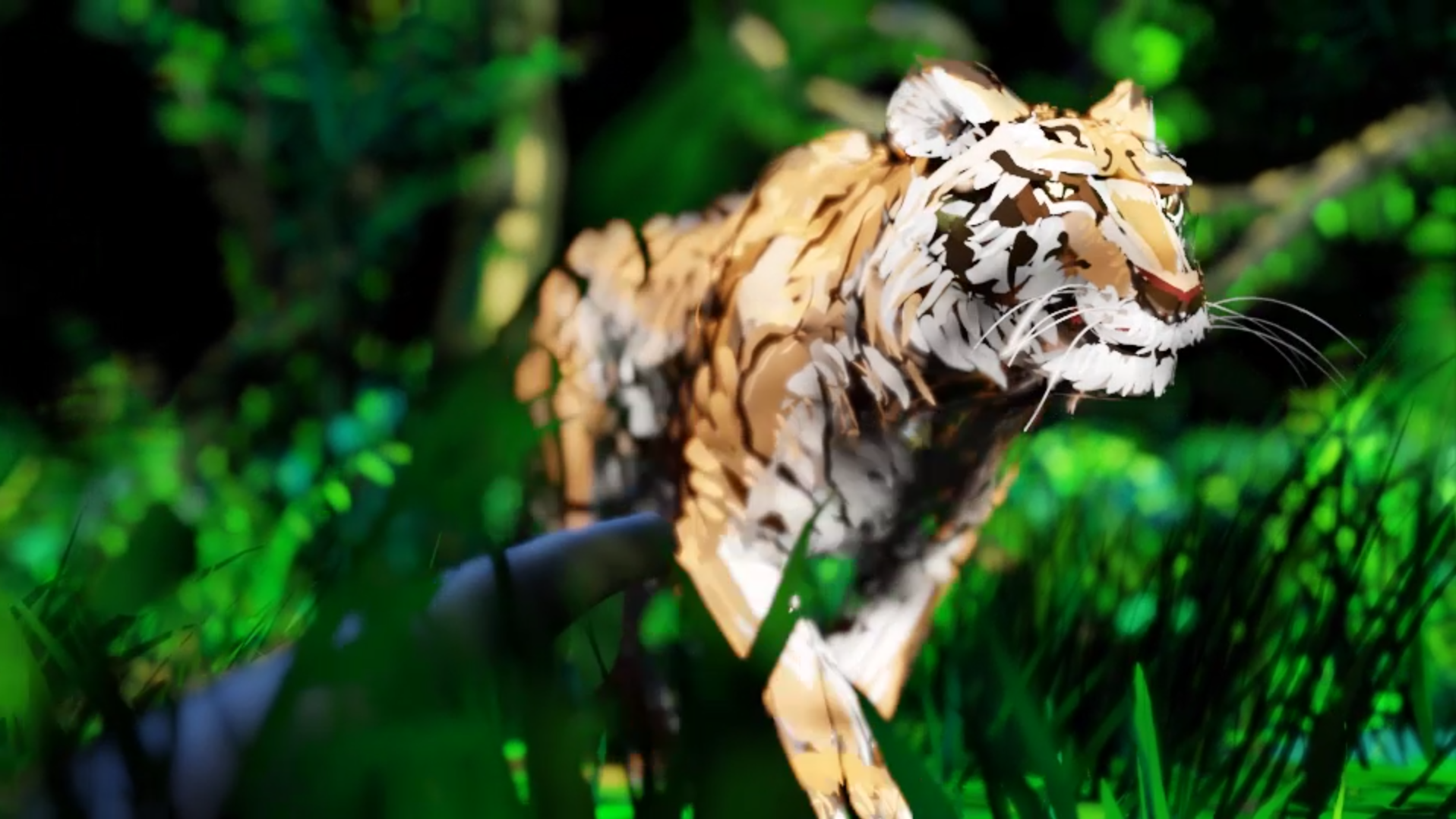

Today sees the curtain rise on the Tribeca Film Festival and its Tribeca Immersive programming: a packed slate of offerings that spill out into Manhattan and the World Wide Web. All this week we’ll be bringing you updates and interviews from our experiences there, and “there” via the online portion of the festival.
At the core of the Tribeca Film Festival has always been a value of resilience. The first festival was founded by Robert De Niro, Jane Rosenthal, Martin Scorsese and Craig Hatkoff as a way to celebrate New York City in the wake of the 9/11 attack. Now, in the shadow of another tragic year for the city and nation the Festival rises to the challenge of galvanizing the culture once more.
As the first major film festival to stand up in-person events after the easing of COVID-19 restrictions, Tribeca is still walking the line between the all-online festivals of 2020 and early 2021 and the traditions of the past. So what we have is a the first real test of the hybrid festival format.
Of course, here at NoPro we’re mostly interested in the immersive programming and as always, Tribeca doesn’t disappoint. In fact, to be honest, the sheer volume of content this year is overwhelming and much of it looks to be good. There’s a mix of performance pieces and installations in New York, virtual and augmented reality pieces that can be experienced anywhere, and some interactive films for good measure.
What follows are seven of the projects we’re looking forward to, including quick interviews with two of the teams from those projects.

Breonna’s Garden is an augmented reality project developed to celebrate the life and memory of Breonna Taylor by artist and curator Lady PheOnix in collaboration with Taylor’s sister Ju’Niyah Palmer. With an installation art piece at the Warner Media Innovation Lab, Breonna’s Garden is also available as a mobile app which can bring the garden to anywhere in the world love.
The experience is directed and executive-produced by Lady PheOnix. with Australian artist Sutu, who cofounded the EyeJack platform has helped push the envelope of AR, serves as creative and technical director on the project with the help of artist Candie Quach who designed the avatar of Breonna Taylor, and a team of volunteers coordinated by Kavya Pearlman. Lady PheOnix and Sutu will be guests on this week’s episode of the NoPro Podcast.
—
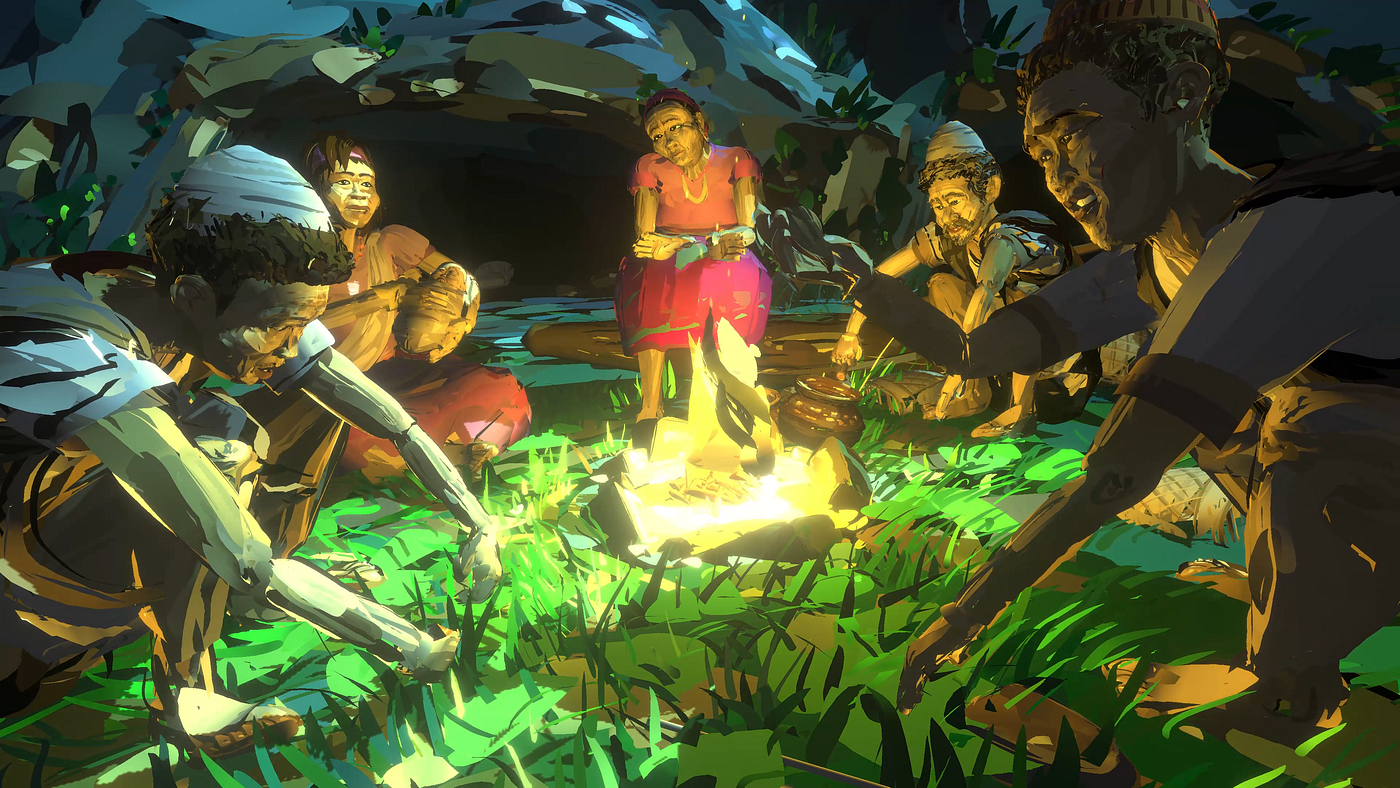
Kusunda is a virtual reality project named after the Kusunda people of Nepal and their eponymous language. It uses a potent mix of volumetric capture technology, CGI, and the documentary chops of filmmakers Gayatri Parameswaran and Felix Gaedtke to create a piece where the audience engages directly with the Kusunda language to shape how the narrative unfolds.
We talked with Parameswaran and Gaedtke via email.
No Proscenium: Did this spin out of another project? Or was it something else that connected you with Gyani Maiya Kusunda, your original subject for Kusunda in the first place?
Felix Gaedtke: We met Gyani Maiya about 10 years ago and did a short video feature about her being one of the last speakers of the Kusunda language. After that we stayed in touch with her and wanted to create a longer feature video documentary. But that didn’t work out for various reasons and so we dropped the idea. Meanwhile she became an activist for language reclamation and began teaching the language to the younger Kusunda generation. A few years ago we reconnected with each other and began conceptualising a virtual reality project together.
NP: When you began did you know you wanted to incorporate the viewer’s voice and have them speak Kusunda, or did that come up as you were developing the piece?
Gayatri Parameswaran: It was a result of close collaboration with the Kusunda community. Hima, one of the co-creators of the piece, wanted participants to learn and speak some words in her mother tongue to access the stories. Kusunda, like many dormant languages, is an oral tradition. It doesn’t have a script. So as creators it also made perfect sense for us to incorporate voice driven interactions for the piece. Also, symbolically it holds value. Every time someone views the piece, they end up speaking some words in a sleeping language, thus showing solidarity towards the community that is awakening it.
NP: There were so many setbacks due to external forces when making this piece: what drove you to keep going forward and finish?
GP: As creators working in the field of impact driven documentaries, we are committed to the journey of creation. A lot of times it means letting go of control. Things that happen in real life guide what happens to your project. This uncertainty makes this difficult, but also rewarding. After Gyani Maiya passed, we faced a big blow to our plans. But her family wanted us to keep going with the project. And we followed their wishes and went on another journey. And although this journey was difficult, it was also very rewarding. It is this inherent trust in the process of creating a documentary that kept us going.
NP: Are we in a real groove here with immersive documentaries now, or do you think we’ve only begun to scratch the surface of what’s possible?
Get Noah J Nelson’s stories in your inbox
Join Medium for free to get updates from this writer.
SubscribeSubscribe
FG: Definitely, just beginning to scratch the surface. With each project, almost every day, you experience issues that you never did before. These issues are on several levels — technical, artistic, storytelling etc. And when you solve these issues, you may end up finding a new way that no one else thought of before. For Kusunda — which is a technically complex piece involving many different techniques such as volumetric video, photogrammetry, motion capture, tiltbrush animations, voice driven interactions — we had to employ so many workarounds to solve simple technical and storytelling ‘problems’.I see these technolgies and methodologies developing rapidly and opening up many more possibilities for immersive documentaries in the coming years.
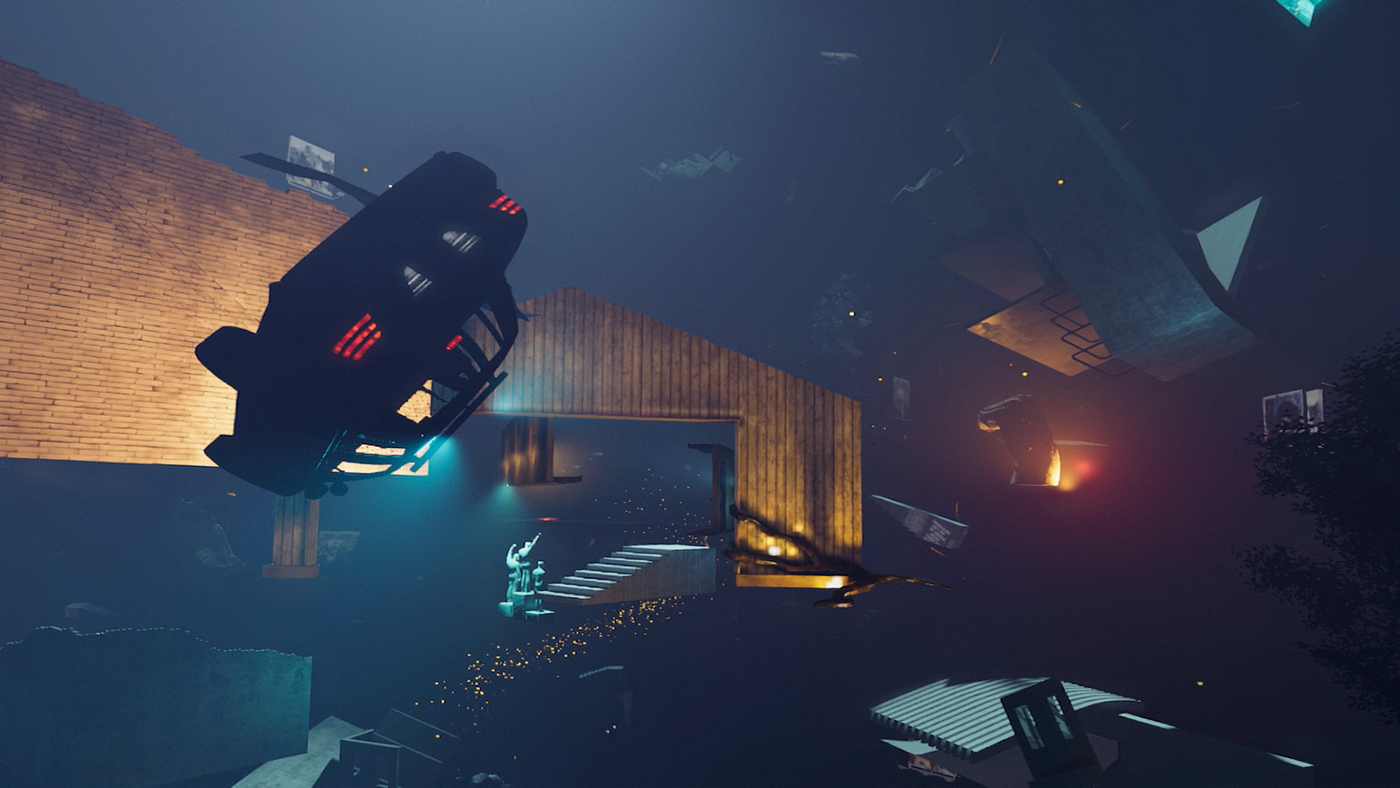
The Changing Same: An American Pilgrimage — Episode One is the first part of an episodic exploration on racial justice in America that wowed at Sundance and connects with audiences again here at Tribeca Immersive. The first installment of a “magical real, time-travel series” whose topic is back in the central spotlight of political and cultural life here in the United States. Volumetrically captured performances are blended with CGI landscapes both surreal and hyperreal that illustrate with visceral force the ways in which the patterns of racial inequality in the U.S. remained the same, even as the set dressings of the American experience have changed.
It’s a powerful work that captures the spirit of the current moment and peels back the layers to remind Americans how we were always in this moment. Creators Michèle Stephenson, Joe Brewster, and Yasmin Elayat will join us on the podcast the week.
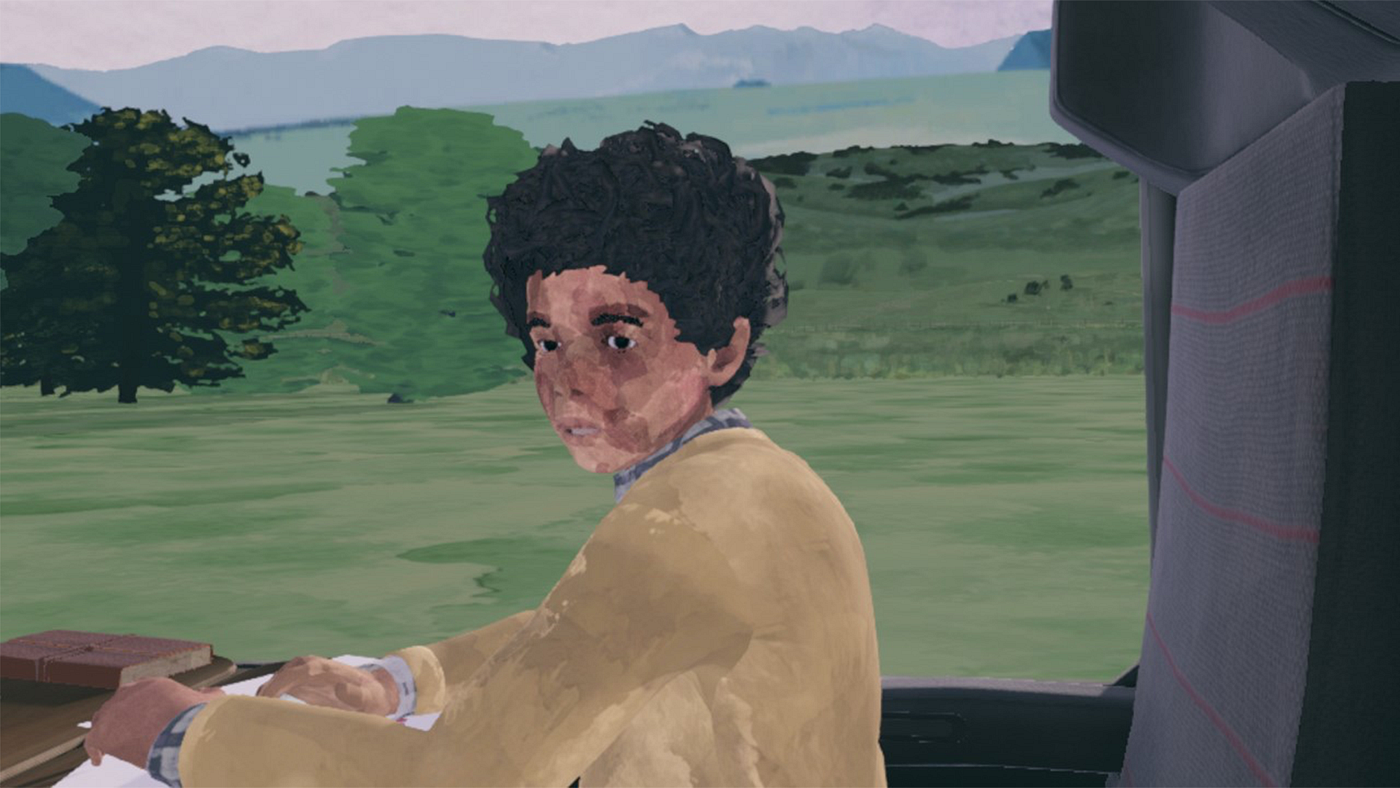
The Passengers: The Kid is the next chapter in the narrative VR piece The Passengers, which takes the “strangers on a train” trope and turns it into a chance to get into the interiority of four people sharing a journey. The ritual “Kid” is the third of the quartet to have their story revelaed.
We spoke with creator Ziad Touma via email.
No Proscenium: What was the inspiration for telling a slice of life story about four strangers riding together on a train?
Ziad Touma: When we travel long distances by train, our journey can also be internal. Surrounded by strangers, space seems to get tighter while time seems to expand. With the train’s hypnotic rumble and the landscapes as our only escape, our thoughts take over and we are prone to introspection. This setting was inspiring for a personal and immersive storytelling experience from four characters’ very different point of views as they live the same moment in time.
NP: Could you tell us a bit about the choice to put us inside the characters’ point of view and share their inner monologues as a primary avenue for driving the story?
ZT: We wanted to go beyond exploring our sense of empathy when embodying a character’s point of view by giving the user an active role in the story. Since each inner monologue changes according to the user’s gaze, they already have agency on the character’s thoughts. Seeing their character’s memories also informs the user on how to behave since they are in their place, if they should speak out loud or move their hands to help each character achieve their quest according to the user’s own set of values. It is when doing the experience from another character’s point of view that the user fully understands each personal journey and realizes that they may have misjudged the people around them before walking in their shoes.
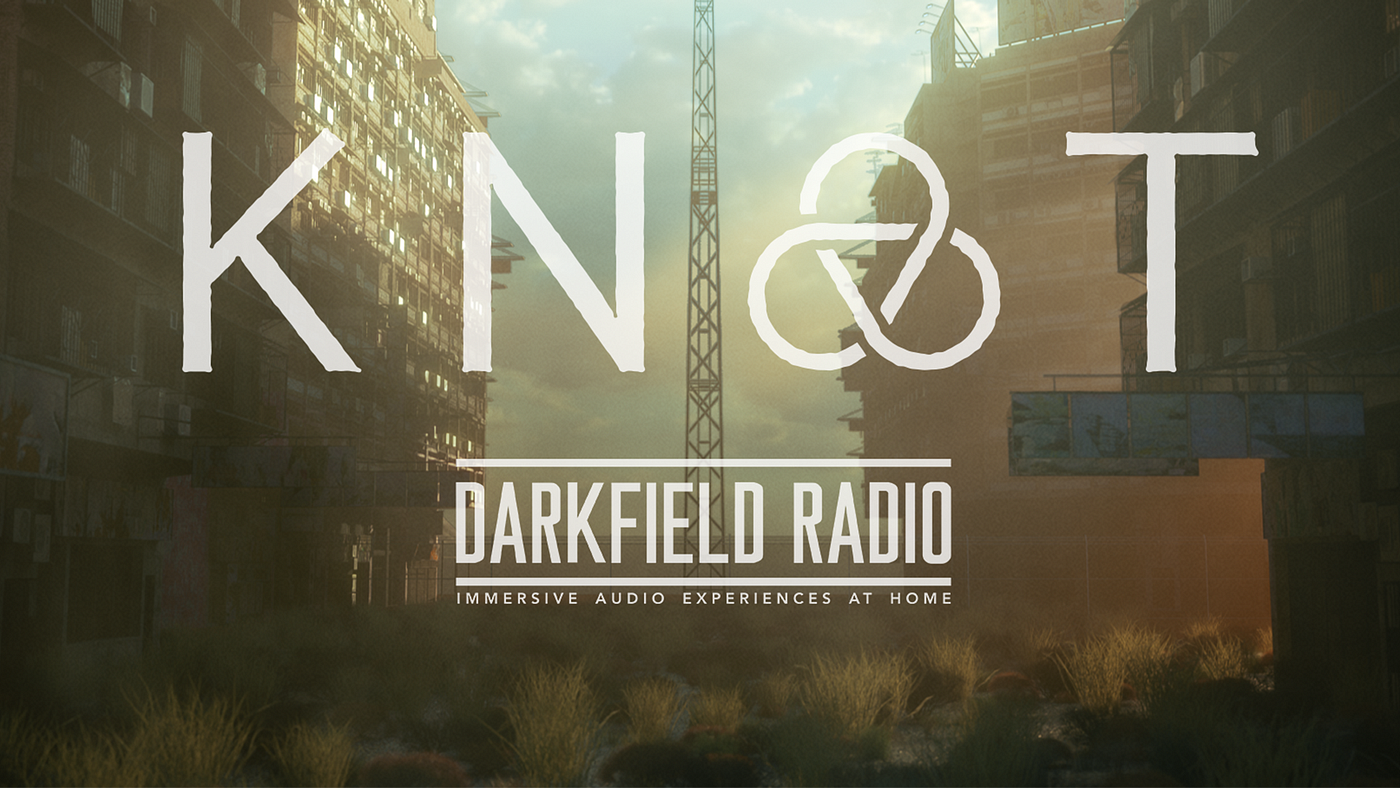
Knot is the latest from the masters of spatial audio, Darkfield Radio. Now spatial audio is a buzzword, even getting a significant push from Apple this week as it rolled out Dolby Atmos tech into iTunes this week. Anyone who has already experienced the work of Darkfield might very well have been underwhelmed by what they heard from the music that went live this week, as the remastered tracks have nothing on the kind of designed from the ground up experience that this United Kingdom based team has been perfecting for years.
Knot takes the forms of a trilogy of broadcasts in various types of locations — a park bench, a car, and at home — to tell one narrative. If it is even a fraction as good as previous Darkfield work then Tribeca-goers are in for a spectacular treat. (We interviewed Darkfield’s Glen Neath and David Rosenberg on the 282nd episode of the podcast.)
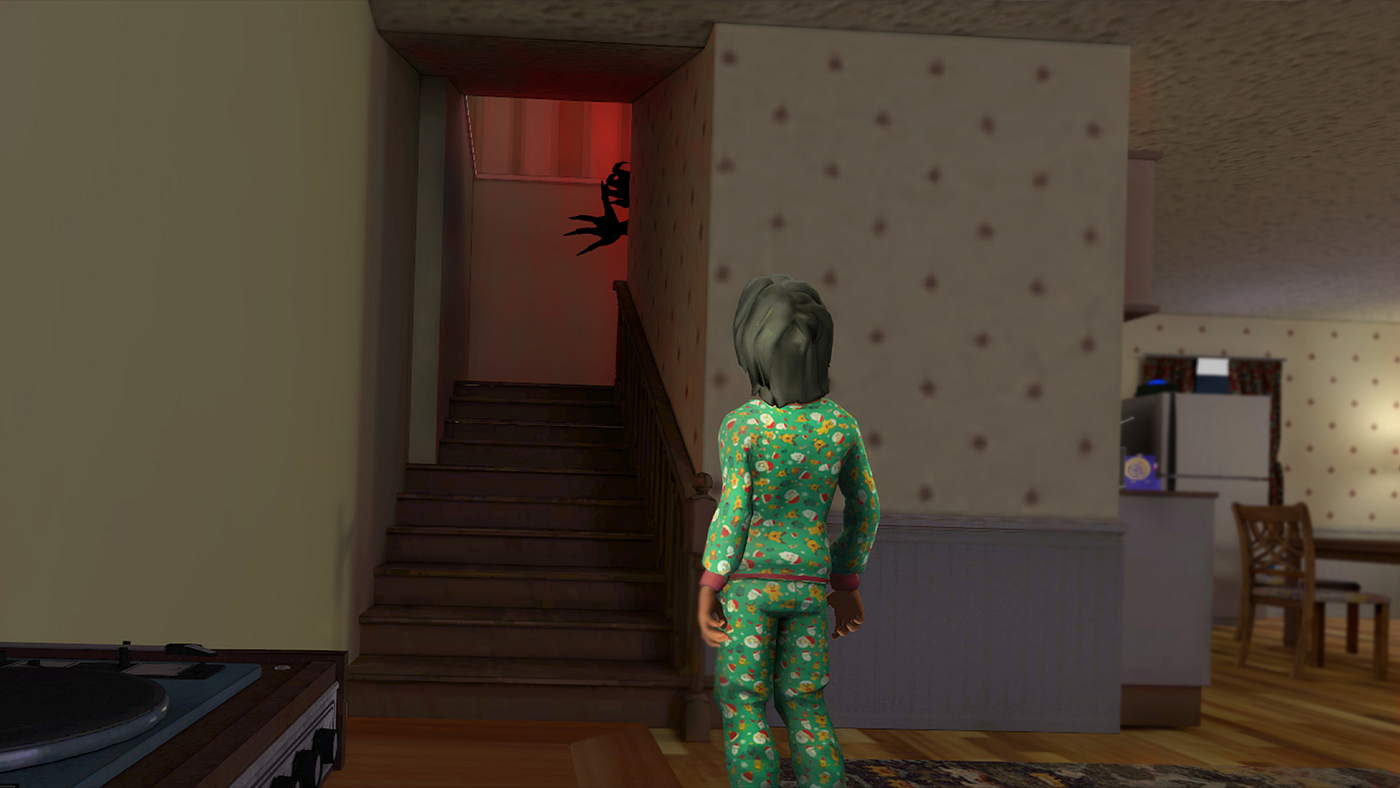
The Severance Theory: Welcome to Respite is a virtual reality theatre piece, a “psychological-thriller that explores the parts of our mind that both help us and haunt us through the lens of a mental illness called Dissociative Identity Disorder (DID), formerly known as multiple personality disorder.”
Welcome to Respite began its life as a live-action immersive theatre work in Los Angeles (NoPro LA’s Kevin Gossett reviewed the original version of the show) from local company CoAct Productions, and has been adapted for VR by CoAct’s Lyndsie Scoggin and The Ferryman Collective’s Braden Roy. The adaptation, which uses the VR social platform VR Chat, puts one audience member into the central role of Alex, and allows up to nine other audience members to be present as “invisible” presences in a performance led by two actors playing multiple roles.
We’re always interested when VR crosses over the immersive theatre, and all the moreso when its an adaptation of an existing live action work. We’ll have more from CoAct and The Ferryman Collective in a future episode of the podcast.
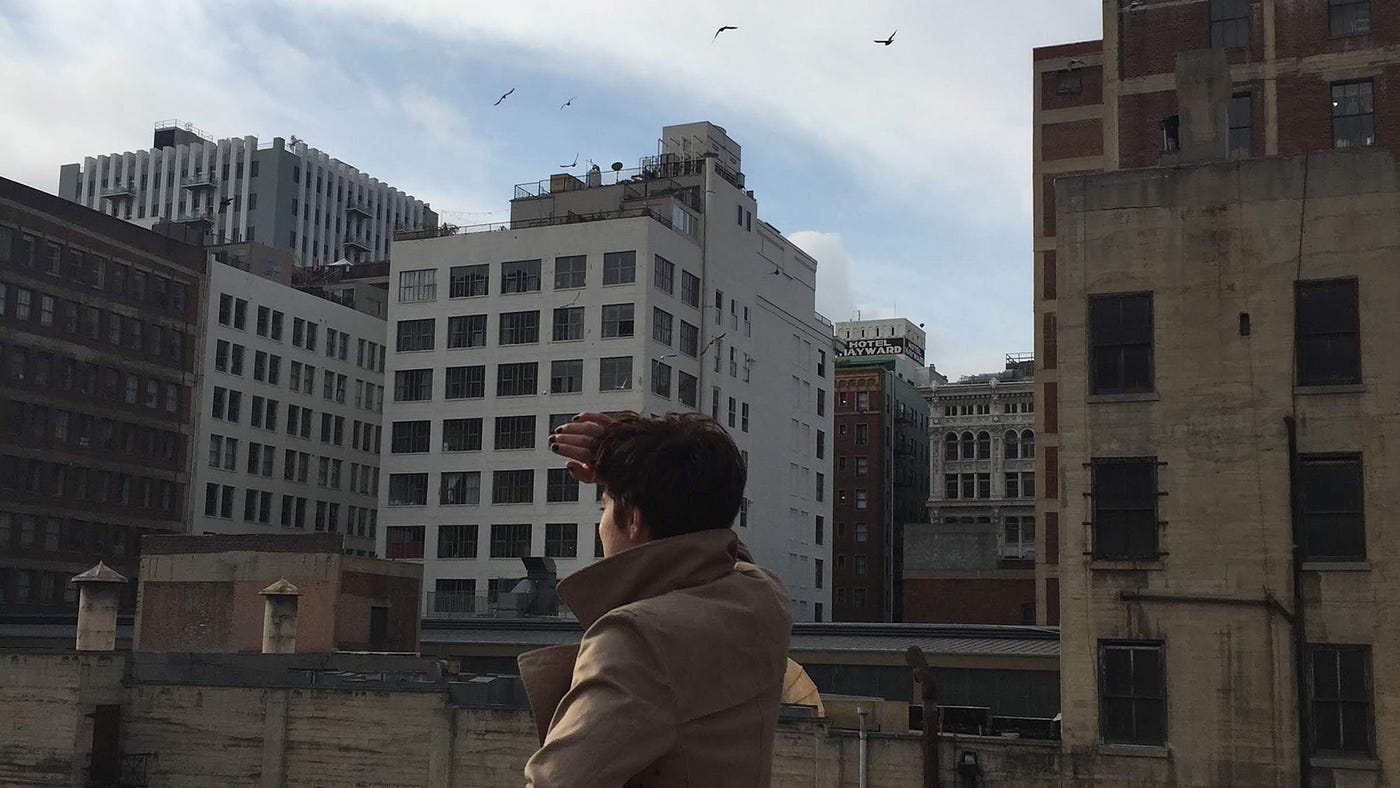
CURRENT is a Manhattan sound walk from LA based artist Annie Saunders that explores “both the history and the present-day tales of an often-overlooked part of the city, using binaural sound, composition and site-specific recordings to draw together a narrative that includes themes of water, time, construction, destruction, synchronicity, and resilience.” The sound walk makes its debut this week at Tribeca, and we’re eager to see what Saunders, whose The Day Shall Declare It helped kick off the immersive renaissance in Los Angeles does with the format, which has seen renewed interest from creatives and audiences over the course of the last year.
CURRENT will run until October 1st and starts at One Liberty Plaza. Saunders was the guest on the first “episode zero” episode of the NoPro Podcast back in 2015.
We’ll have more reviews and interviews from Tribeca Immersive has the Festival continues.
Discover the latest immersive events, festivals, workshops, and more at our new site EVERYTHING IMMERSIVE, new home of NoPro’s show listings.
NoPro is a labor of love made possible by our generous Patreon backers. Join them today!
In addition to the No Proscenium website, our podcast, and our newsletters, you can find NoPro on Twitter, Facebook, YouTube, Instagram, in the Facebook community Everything Immersive, and on our Discord.